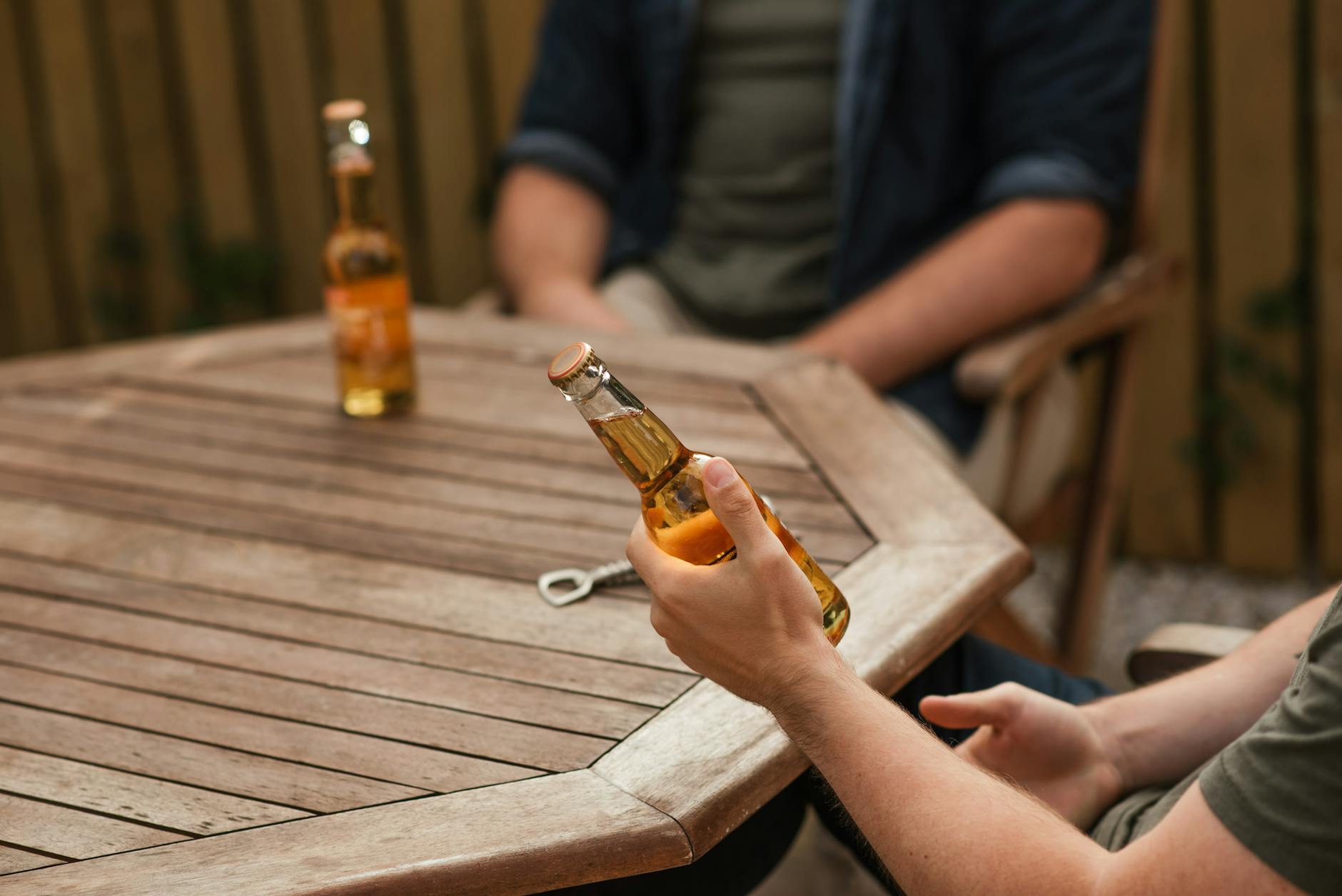Discover the surprising truth behind how many beers it really takes to reach the point of drunkenness. You might be shocked!
Table of Contents
Have you ever found yourself pondering the age-old question: “How many beers does it take to get drunk?” It’s a common inquiry that often sparks curiosity and debate among individuals who enjoy the occasional drink. In this blog post, we will delve deep into the science behind alcohol metabolism, individual tolerance levels, and various factors that can influence intoxication levels. So, let’s raise a glass and explore the fascinating world of alcohol consumption.
Understanding Alcohol Metabolism
Alcohol metabolism is a complex process that occurs in the body when we consume alcoholic beverages. When alcohol is ingested, it is primarily metabolized by the liver. The enzyme alcohol dehydrogenase breaks down ethanol into acetaldehyde, which is then further metabolized into acetic acid and eventually eliminated from the body.
Factors such as body weight, gender, and liver function play a significant role in how quickly alcohol is processed in the body. Generally, individuals with a higher body weight tend to metabolize alcohol more efficiently than those with a lower body weight. Additionally, women typically have lower levels of alcohol dehydrogenase compared to men, leading to slower alcohol metabolism and potentially higher blood alcohol concentrations.
It’s important to note that the standard size of a drink can vary depending on the type of alcohol. For example, a standard beer typically contains around 5% alcohol by volume, while a standard glass of wine contains approximately 12% alcohol. Understanding the alcohol content of your drink is crucial when estimating how many drinks it may take to reach a certain level of intoxication.
Individual Tolerance Levels
Every individual’s tolerance to alcohol is unique and can be influenced by various factors. Tolerance refers to the body’s ability to adapt to the effects of alcohol over time. Factors such as genetics, age, and previous alcohol consumption can impact an individual’s tolerance level.
Genetics play a role in how efficiently the body processes alcohol. Some individuals may have genetic variations that affect the activity of alcohol-metabolizing enzymes, leading to differences in alcohol tolerance. Age is another factor to consider, as older individuals may have a lower tolerance due to changes in metabolism and liver function.
Previous alcohol consumption can also impact tolerance levels. Individuals who regularly consume alcohol may develop a higher tolerance compared to occasional drinkers. It’s essential to recognize that assuming a specific number of drinks will result in the same level of intoxication for everyone is a risky misconception.
Factors Influencing Intoxication
While the number of drinks consumed is a significant factor in determining intoxication levels, there are several other factors that can influence how drunk someone feels after consuming alcohol. For instance, eating a meal before drinking can slow down the absorption of alcohol into the bloodstream, potentially reducing its effects.

Image courtesy of www.reddit.com via Google Images
Staying hydrated is also crucial when consuming alcohol, as dehydration can exacerbate the effects of alcohol and lead to more severe intoxication. Additionally, the manner in which drinks are consumed can impact intoxication levels. Mixing different types of alcohol or consuming drinks with a higher alcohol content can result in faster intoxication.
It’s important to practice responsible drinking habits and be mindful of your own limits when consuming alcohol. Knowing when to stop, pacing yourself, and prioritizing your safety and well-being are key aspects of enjoying alcohol responsibly.
Conclusion
As we’ve explored the science behind alcohol metabolism, individual tolerance levels, and various factors that influence intoxication, it’s clear that the question of how many beers it takes to get drunk is not a simple one-size-fits-all answer. Alcohol affects each person differently, and understanding your own limits and practicing responsible drinking habits is essential for a safe and enjoyable drinking experience.
We encourage you to approach alcohol consumption with caution and awareness of the factors that can influence your intoxication levels. Remember to drink responsibly, know your limits, and always prioritize your well-being when enjoying a night out with friends or relaxing at home with a drink in hand.
FAQs
Question 1: How many beers does it take to get drunk?
Answer 1: The number of beers needed to get drunk varies depending on factors like body weight, tolerance, and alcohol content. It’s different for everyone.
Question 2: Can eating before drinking help prevent getting drunk?
Answer 2: Eating before drinking can slow down alcohol absorption, potentially reducing intoxication effects.
Question 3: How does hydration affect intoxication levels?
Answer 3: Staying hydrated can help reduce the effects of alcohol and prevent severe intoxication by keeping the body balanced.
Question 4: Is mixing different types of alcohol a factor in getting drunk faster?
Answer 4: Mixing different types of alcohol or consuming high-alcohol-content drinks can lead to faster intoxication due to different rates of alcohol absorption.
Generated by Texta.ai Blog Automation


Leave a Reply